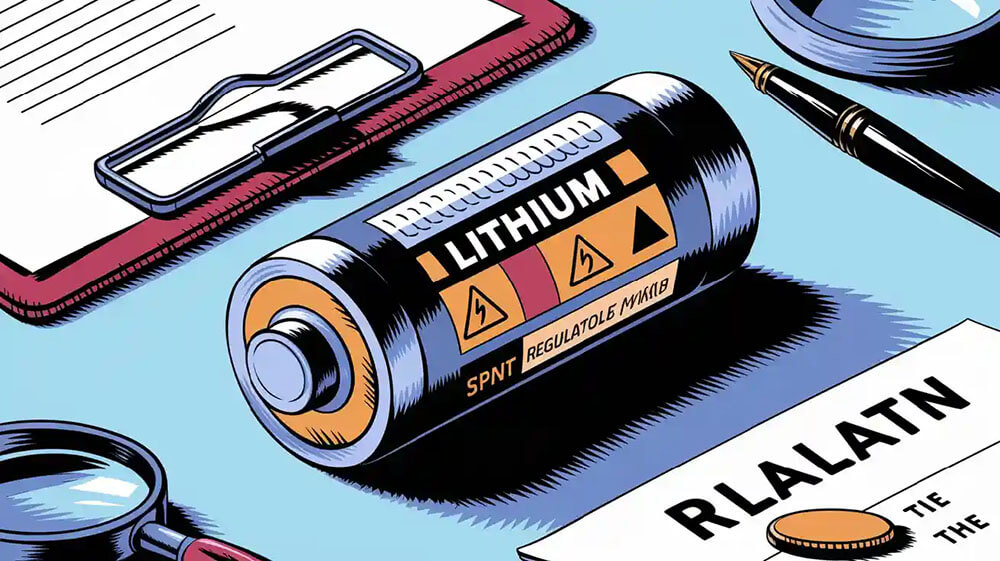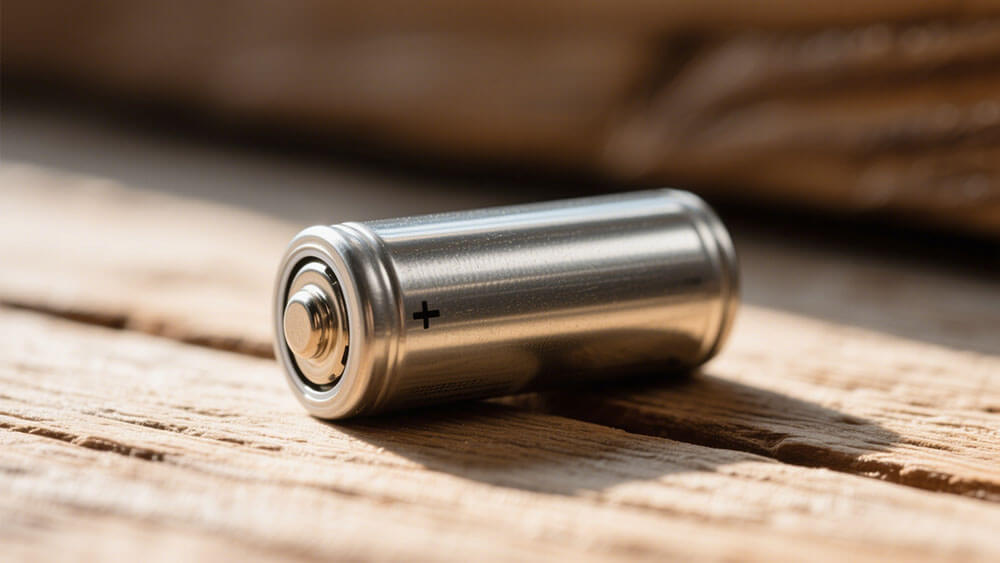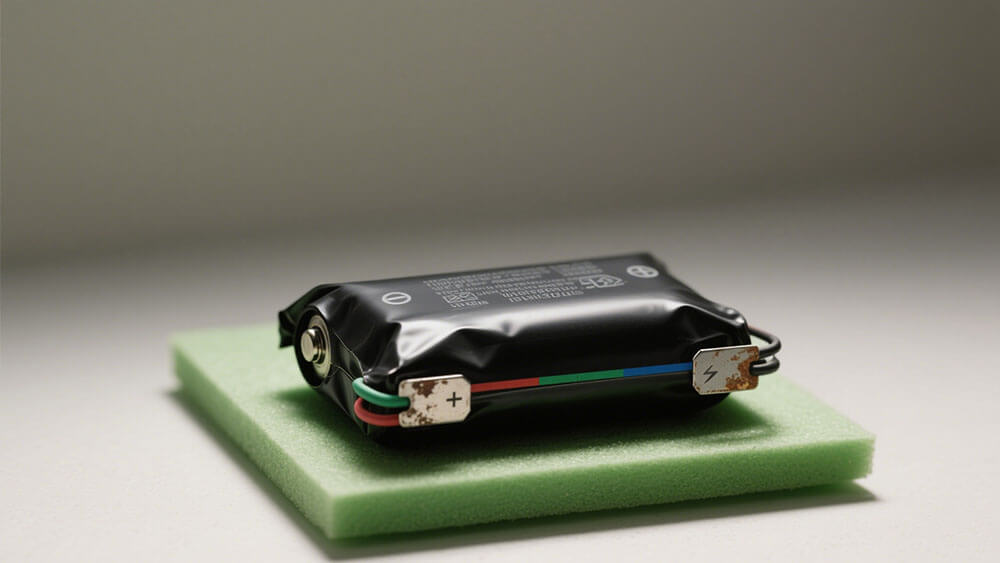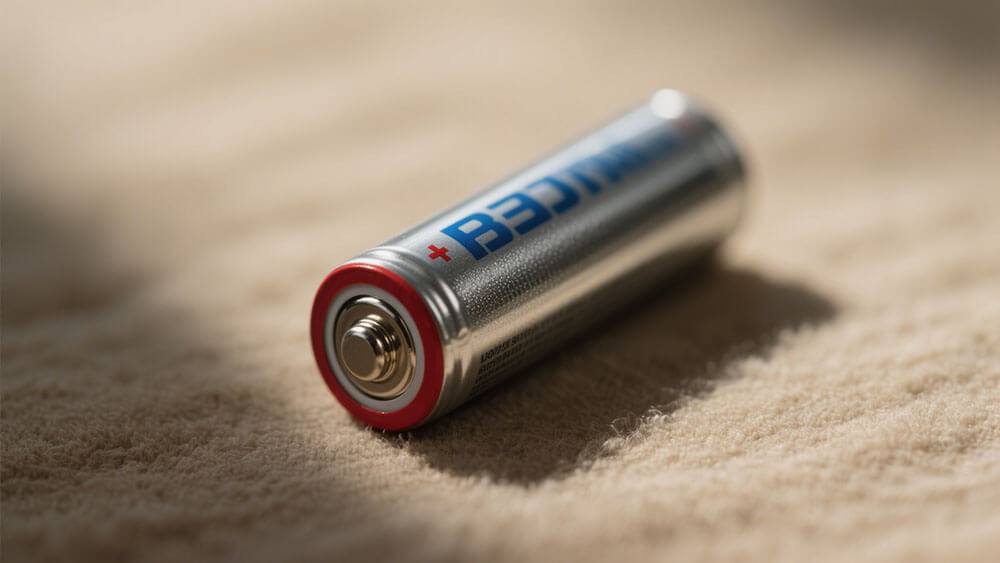
Lithium battery labels play a vital role in ensuring safety identification and proper handling during transportation. You must understand the compliance requirements for shipping lithium batteries in 2025 to prevent penalties or shipment delays. Proper packaging, accurate classification, and adherence to regulations are essential for exporting lithium batteries with the correct shipping documentation requirements.
Key Takeaways
Correct labels on lithium batteries keep people safe. They stop accidents like fires or leaks when batteries are moved.
Following labeling rules is important for easy shipping. It prevents problems like delays or fines and helps sell worldwide.
Right labels and proper placement make them easy to see. Check your labels often to follow the rules.
Part 1: Why Lithium Battery Labeling Regulations Matter

1.1 Safety and Risk Mitigation
Lithium battery labels are essential for ensuring safe transportation and handling. These labels communicate critical information about hazards, proper handling procedures, and emergency protocols. Without clear labeling, the risks of fire, chemical leaks, or explosions increase significantly. You must prioritize safety by using battery handling labels that meet regulatory standards. This approach minimizes risks for workers, transporters, and end-users. Additionally, compliant shipping of lithium batteries reduces the likelihood of accidents during transit, protecting both people and property.
1.2 Regulatory Compliance for Domestic and International Shipping
Labeling regulations are vital for shipping lithium batteries across borders. Countries enforce strict guidelines to ensure safe transportation, and non-compliance can result in shipment delays or rejection. Proper lithium battery labels help you meet these requirements, ensuring smooth operations and access to global markets. For example, adhering to regulations allows your products to integrate seamlessly into critical applications, such as medical devices. By following labeling standards, you demonstrate commitment to quality and safety, which builds trust with regulators and customers alike.
1.3 Business Impacts of Non-Compliance
Failing to comply with labeling regulations can have severe consequences for your business. Penalties, legal disputes, and damaged reputation are common outcomes of non-compliance. Moreover, the cost of battery energy storage systems has risen due to updated safety standards, making adherence even more critical. Compliance also supports environmental sustainability, as safety-certified batteries align with eco-friendly practices.
By following labeling regulations, you protect your business from operational risks while unlocking opportunities for growth in international markets.
Part 2: Types of Lithium Batteries and Their Labeling Requirements

2.1 Lithium-Ion Batteries: Labeling Standards and Applications
Lithium-ion batteries are widely used in consumer electronics, electric vehicles, and energy storage systems. Their labeling requirements are designed to ensure safe handling and transportation. You must include specific details such as the UN number, hazard class, and proper shipping name on the lithium battery label. These details help identify the battery type and its associated risks.
The UN Manual of Tests and Criteria, Part III, Subsection 38.3, outlines the rigorous testing standards for lithium-ion batteries. These tests include altitude simulation, thermal testing, vibration, and impact assessments. Batteries that pass these tests receive a UN number, signifying compliance with international safety standards.
Additionally, you must prepare a Dangerous Goods Declaration (DGD) for shipments. This document includes critical information such as the UN number, shipping name, hazard class, and packaging group. Proper labeling and documentation ensure smooth transportation and compliance with international regulations.
2.2 Lithium Metal Batteries: Labeling Standards and Applications
Lithium metal batteries, often used in medical devices, watches, and military equipment, have distinct labeling requirements. These batteries are non-rechargeable and pose unique risks, such as a higher likelihood of fire if damaged. You must label these batteries with clear hazard warnings and handling instructions to mitigate risks during transportation.
The labeling requirements for lithium metal batteries also include the UN number and hazard class. These details must be prominently displayed on the packaging. Unlike lithium-ion batteries, lithium metal batteries often require additional labels, such as “Cargo Aircraft Only” (CAO) labels, when shipped by air. This ensures that carriers handle them with extra caution.
2.3 Key Differences in Labeling Between Lithium-Ion and Lithium Metal Batteries
While both battery types require compliance with international safety standards, their labeling differs in several ways. Lithium-ion batteries typically require labels indicating their rechargeable nature and specific handling instructions. In contrast, lithium metal batteries often need additional warnings due to their non-rechargeable nature and higher fire risk.
Another key difference lies in transportation. Lithium metal batteries frequently require CAO labels for air shipments, while lithium-ion batteries may not. You must understand these distinctions to ensure compliance with labeling requirements and avoid shipment delays.
Tip: Always verify the latest regulations for lithium battery labeling to stay compliant and maintain smooth operations.
Part 3: Detailed Labeling Requirements for Lithium Batteries

3.1 Types of Lithium Battery Labels: Hazard, Handling, and Compliance
You must use the correct types of lithium battery labels to ensure compliance with safety regulations. These labels communicate critical information about hazards, handling instructions, and compliance requirements. Each label type serves a specific purpose, as outlined below:
Label Type | Specifications |
|---|---|
Battery Handling Labels | Minimum size of 100mm x 100mm, red border, relevant UN identification number, battery symbol. |
Class 9 Dangerous Goods Label | Diamond-shaped, 100mm on each side, 7 black vertical stripes, underlined number 9. |
Cargo Aircraft Only (CAO) Label | Bright orange label indicating package cannot be transported on passenger aircraft. |
Lithium Batteries Forbidden Label | White background with red text stating package cannot be transported on passenger aircraft. |
These labels are essential for shipping lithium batteries safely. For instance, the Class 9 dangerous goods label highlights the potential risks associated with lithium-ion batteries, while the CAO label ensures proper handling during air transportation. Using the correct battery shipping labels minimizes risks and ensures smooth operations.
Tip: Always verify that your labels meet the latest international regulations to avoid shipment delays or penalties.
3.2 Material and Design Specifications for Lithium Battery Labels
The material and design of lithium battery labels play a significant role in ensuring durability and compliance. Labels must withstand various environmental conditions during transit, such as temperature changes, humidity, and physical wear. Key specifications include:
Parameter | Value |
|---|---|
Cooling channel diameter | 7 mm |
Cooling plate thickness | 12 mm |
Spacing | 16 mm |
High-quality materials, such as weather-resistant adhesives and durable printing inks, ensure that labels remain intact and legible. Additionally, labels must feature clear symbols, bold text, and standardized colors to convey critical information effectively. For example, the red border on battery handling labels immediately signals caution, while the bright orange CAO label ensures visibility during air transport.
3.3 Special Labels: Class 9 Dangerous Goods and CAO Labels
Special labels, such as the Class 9 dangerous goods label and the CAO label, are mandatory for certain shipments. The Class 9 label identifies lithium-ion batteries as hazardous materials, requiring extra precautions during handling and transportation. Its diamond shape and black stripes make it easily recognizable.
The CAO label, on the other hand, is specific to air shipments. It indicates that the package contains lithium batteries that cannot be transported on passenger aircraft. This label is bright orange, ensuring it stands out among other markings.
Note: Failing to use these special labels can result in severe penalties and shipment rejections. Large Power always ensure your packages are labeled correctly to comply with international regulations.
By adhering to these detailed labeling requirements, you can ensure the safe and efficient shipping of lithium batteries while avoiding regulatory issues.
Adhering to lithium battery labeling requirements in 2025 ensures safety, compliance, and smooth operations. You can achieve this by using accurate labels, following packaging standards, and staying updated on regulations. Prioritize safety and compliance to avoid penalties and protect your business from operational risks.
FAQ
1. What happens if you fail to comply with lithium battery labeling regulations?
Non-compliance can result in shipment delays, fines, or legal penalties. It may also damage your business reputation and limit access to international markets.
Tip: For professional guidance on lithium battery labeling regulations, visit Large Power.
2. Are there specific label materials required for lithium battery packaging?
Yes, labels must use durable, weather-resistant materials. They should remain legible despite exposure to moisture, abrasion, or temperature changes during transit.
3. Can you reuse lithium battery labels for multiple shipments?
No, each shipment requires fresh labels. Reusing labels can lead to outdated or incorrect information, causing compliance issues and potential shipment rejections.
Tip: Always verify your labels meet the latest regulatory standards to avoid unnecessary risks.






